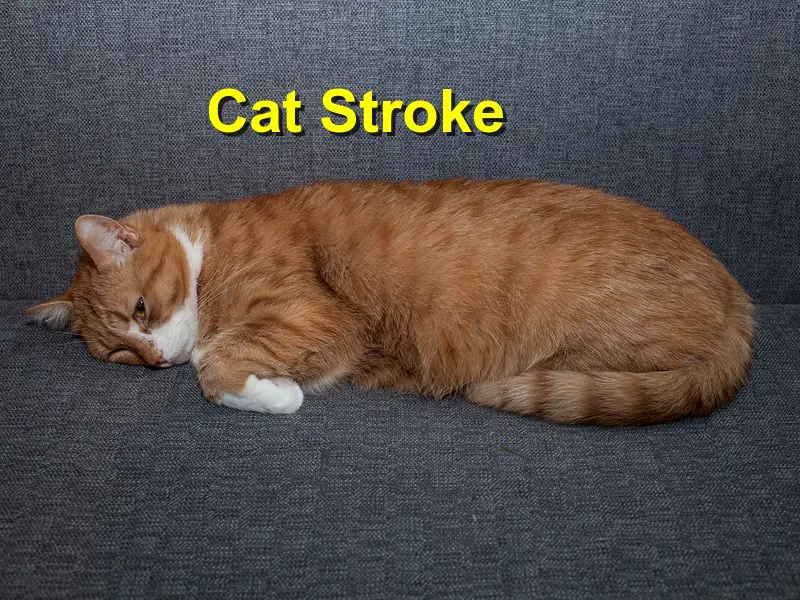Cat Stroke: Prevention And Treatment
Although quite rare, cat stroke is the most common medical issue that affects our furry friends. A stroke occurs when proper blood flow in the brain is interrupted. Obstruction of blood flow in the brain often leads to damaged tissues.
And since the brain acts as a command center for all bodily functions, tissue damage can lead to medical problems. When you identify the signs and symptoms, you can start a diagnosis as stroke can pause critical problem for your cat’s health.
Symptoms of cat stroke
If you want to improve your cat’s overall quality of life, identifying whether your cat has a stroke is important. Common symptoms of cat stroke include seizures, staggering, unconsciousness, general weakness, walking in patterns, refusal to drink water, vomiting, refusal to eat and uneven pupils/ unusual eye movements.
If your cat has any of these signs, you should visit the veterinarian immediately. And though these symptoms might not necessarily indicate your cat has a stroke, an urgent medical examination is important when you spot any of these symptoms.
Types of cat strokes
A stroke that is caused by improper blood flow usually has three main variations:
A thrombotic stroke occurs when blood clots clog the artery that allow movement of blood inside the brain.
On the other hand, an embolic stroke happens when blood clot is formed elsewhere and gets clogged in the blood flow to the brain.
A thrombotic stroke is when a blood clot forms in an artery to the brain.
Hemorrhagic stroke occurs when blood vessels leak inside the brain.
Blood flow abnormalities caused by raptured arteries or blood clots are usually an indication of a health problem. Your cat may seem fine and then the next minute it requires immediate medical attention because the underlying medical problem that caused the blood clot might have been unknown by you.
Some of the main reasons for blood clots and blood vessel raptures include kidney issues, diabetes, thyroid issues, brain lesions, high blood pressure, heart conditions, and traumatic injuries.
Treatment
When your cat has a stroke, it’s important to provide immediate oxygen therapy. The cat might have to spend some time at the vet where the vital symptoms are monitored.
Conclusion
If your see any symptoms that your cat has a stroke, immediate veterinary check-up is important to maintain the cat’s quality of life.
References: Catster, Petmd, Pet Health Network





